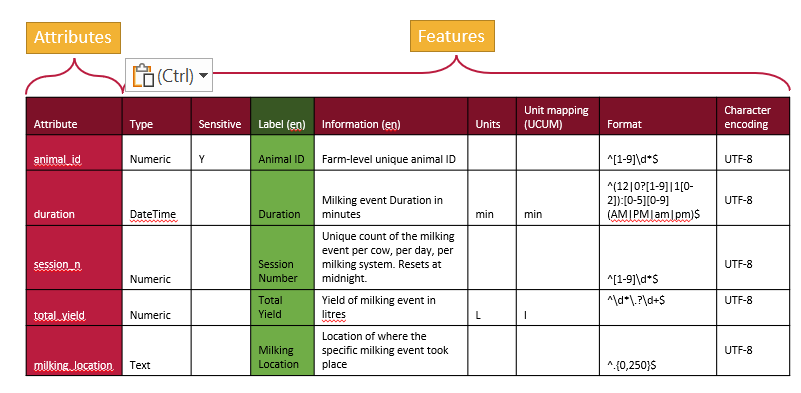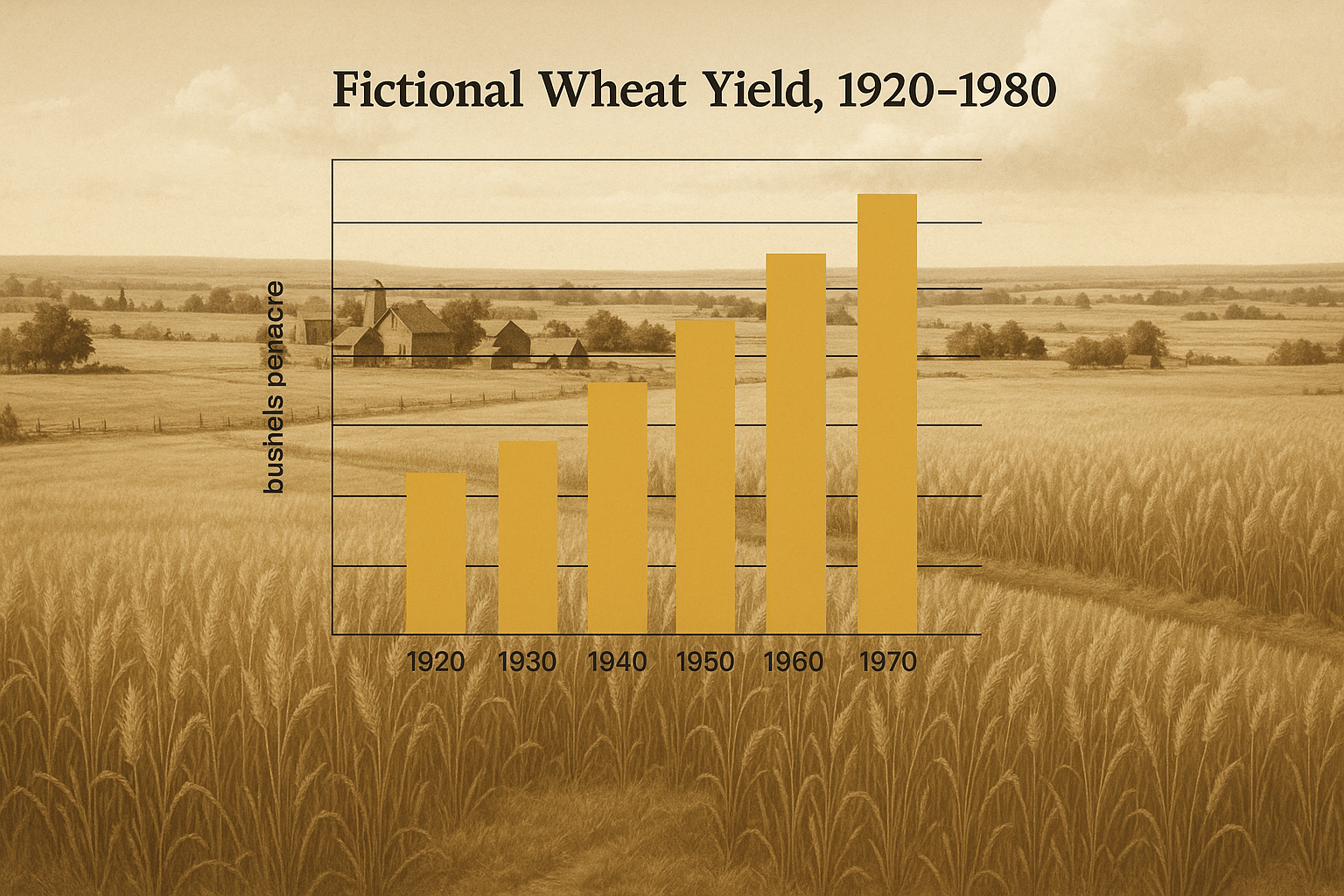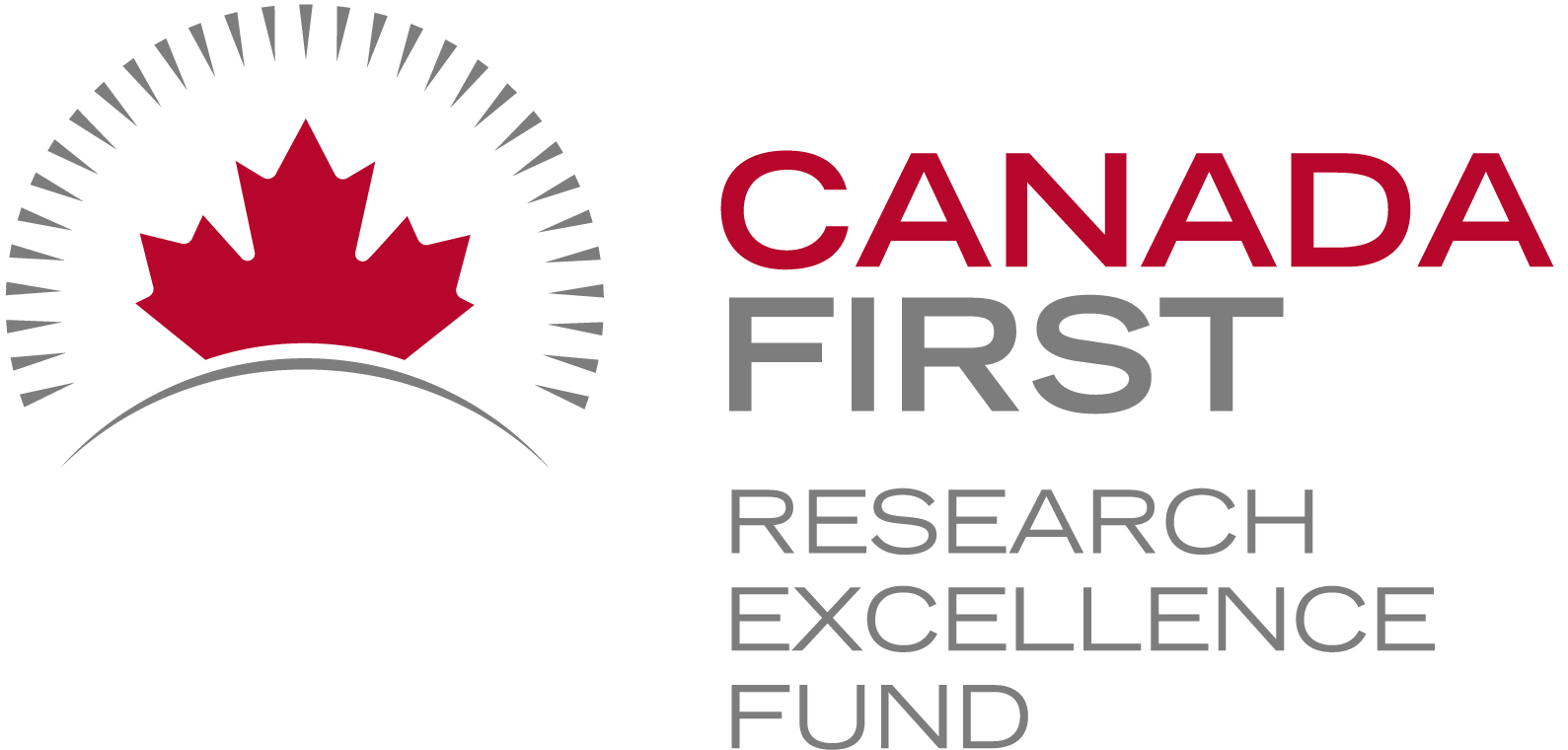Funding for Agri-food Data Canada is provided in part by the Canada First Research Excellence Fund
Can You Use an LLM to Write an OCA Schema?
Short answer: Not really — but also, kind of. Why you can’t just use an LLM to write a schema At first glance, writing an OCA (Overlays Capture Architecture) schema might seem simple. After all, it’s just JSON, and tools like ChatGPT or Microsoft Copilot are great at generating structured text. But when it comes…
ViewData Ownership – is it a thing?
Alrighty folks – this topic is getting hot and I love it! Time to move out of my lane and talk a bit about producer data – I’m referring to the wealth of data collected on dairy farms, sheep operations, swine, poultry, and the list goes on. A conversation I’ve sat in on a couple…
ViewUnit framing to standardize units
In research and data-intensive environments, precision and clarity are critical. Yet one of the most common sources of confusion—often overlooked—is how units of measure are written and interpreted. Take the unit micromolar, for example. Depending on the source, it might be written as uM, μM, umol/L, μmol/l, or umol-1. Each of these notations attempts to…
ViewCustom format rules
When designing a data schema, you’re not only choosing what data to collect but also how that data should be structured. Format rules help ensure consistency by defining the expected structure for specific types of data and are especially useful for data verification. For example, a date might follow the YYYY-MM-DD format, an email address…
ViewArchitecture of OCA Schema Language
Data schemas Schemas are a type of metadata that provide context to your data, making it more FAIR (Findable, Accessible, Interoperable, and Reusable). At their core, schemas describe your data, giving data better context. There are several ways to create a schema, ranging from simple to more complex. The simplest approach is to document what…
ViewFrom Siloed Systems to Shared Success: Debunking the Myths of Research Autonomy in a Shared System
Part of the blog series on Collaborative Research IT Infrastructure In our last post, we explored why a shared infrastructure makes sense—highlighting how collaborative systems reduce costs, improve security, simplify compliance, and offer scalable, cutting-edge tools for research. But even with all these benefits, one hesitation often remains: the fear of losing control. Many researchers…
ViewFormat rules for data
When you’re building a data schema you’re making decisions not only about what data to collect, but also how it should be structured. One of the most useful tools you have is format restrictions. What Are Format Entries? A format entry in a schema defines a specific pattern or structure that a piece of data…
ViewHistorical data – challenges and more ownership quandries
I’ve been trying really hard to – as they say – “Stay in my lane” for these data ownership conversations. Sticking to the research data front as that is my comfort zone and that’s the world I live and play in. However, the topic of data ownership goes well beyond research data. Today, I want…
ViewIdentifiers and identities
In previous blog posts, we’ve discussed identifiers—specifically, derived identifiers, which are calculated directly from the digital content they represent. The key advantage of a derived identifier is that anyone can verify that the cited content is exactly what was intended. When you use a derived identifier, it ensures that the digital resource is authentic, no…
ViewResearch data and data ownership – the continuing saga
I left off my last blog post with a question – well, actually a few questions: WHO owns this data? The supervisor – who is the PI on the research project you’ve been hired onto? OR you as the data collector and analyser? Hmmm…… When you think about these questions – the next question becomes…
View











